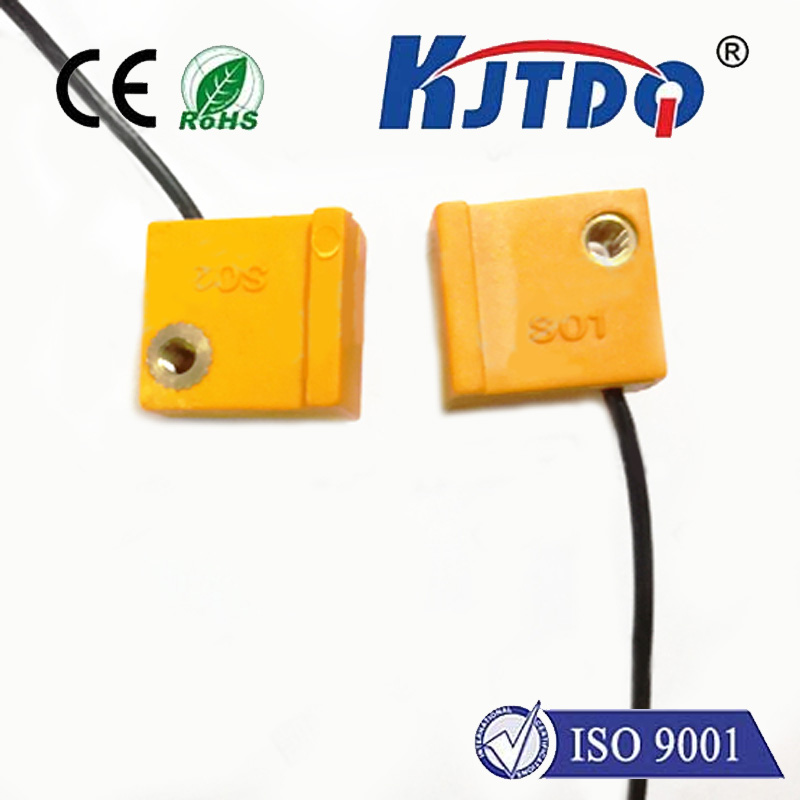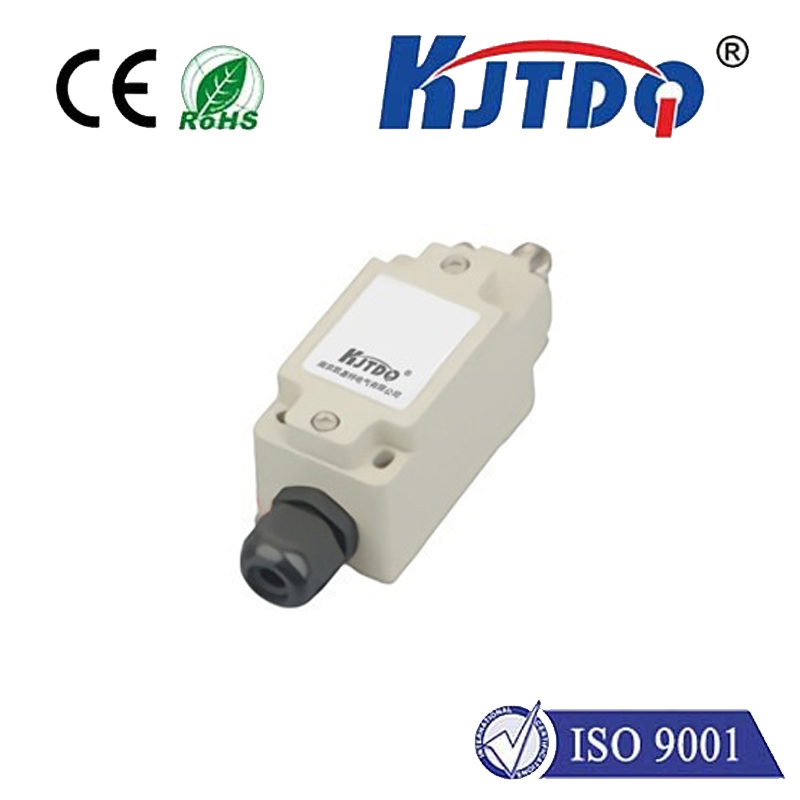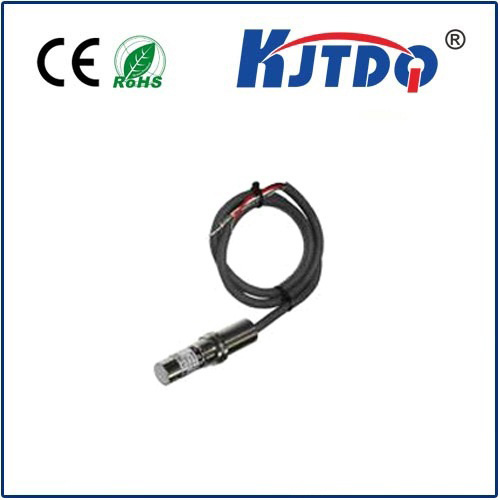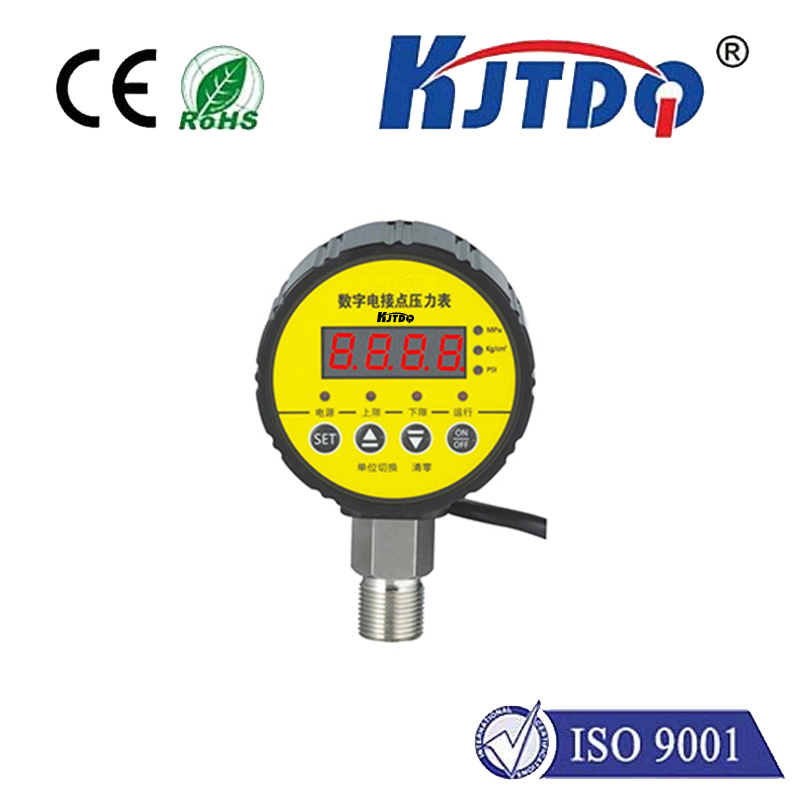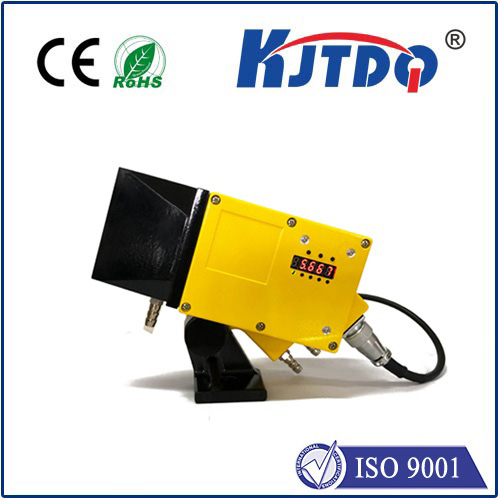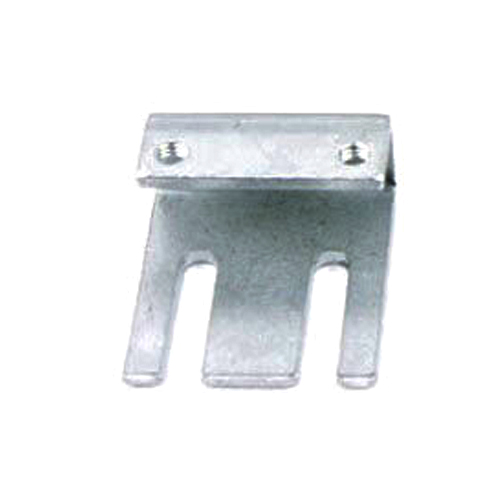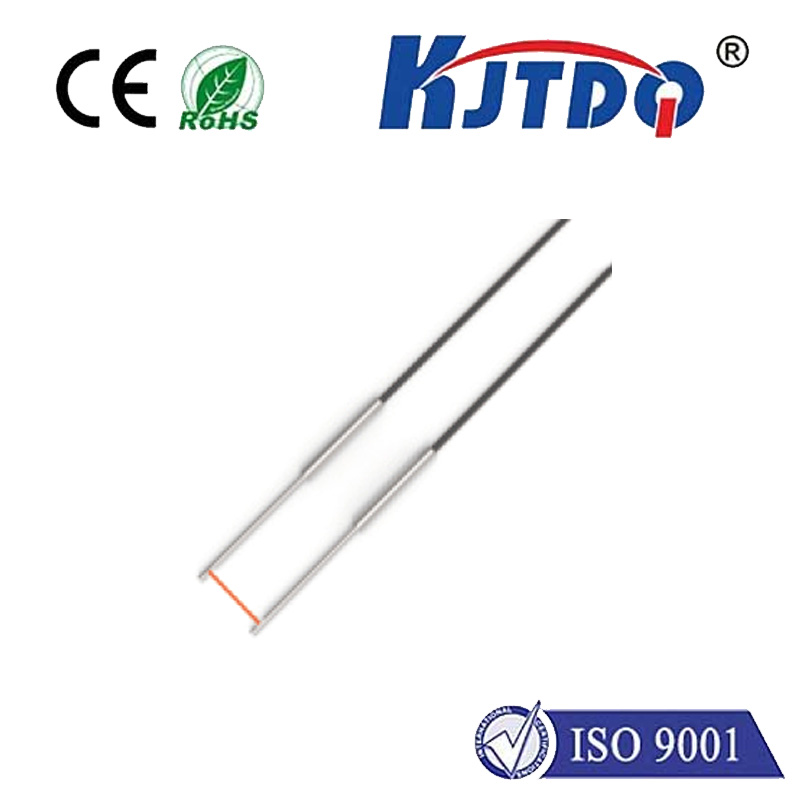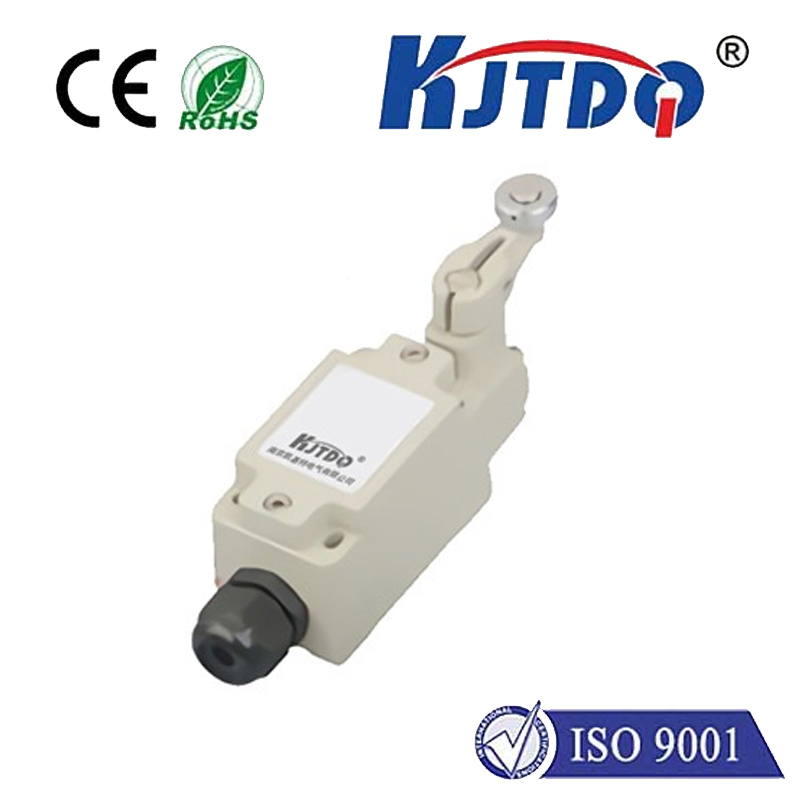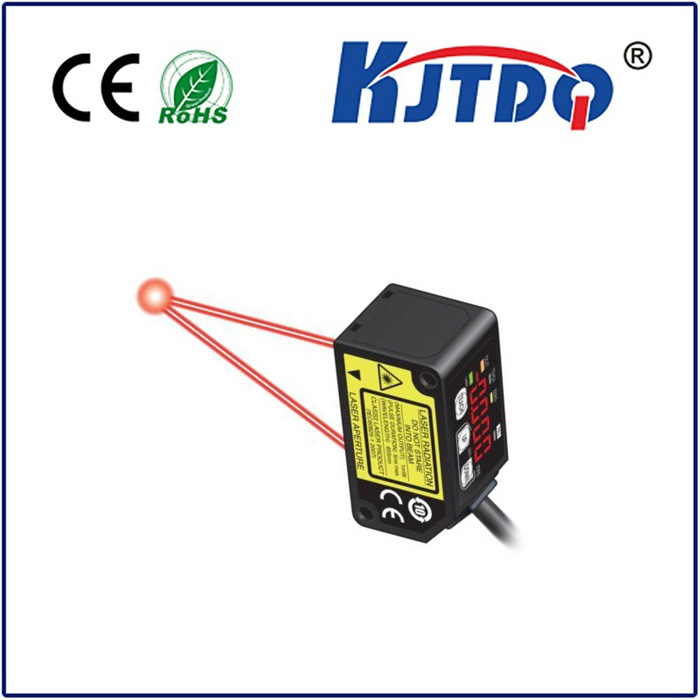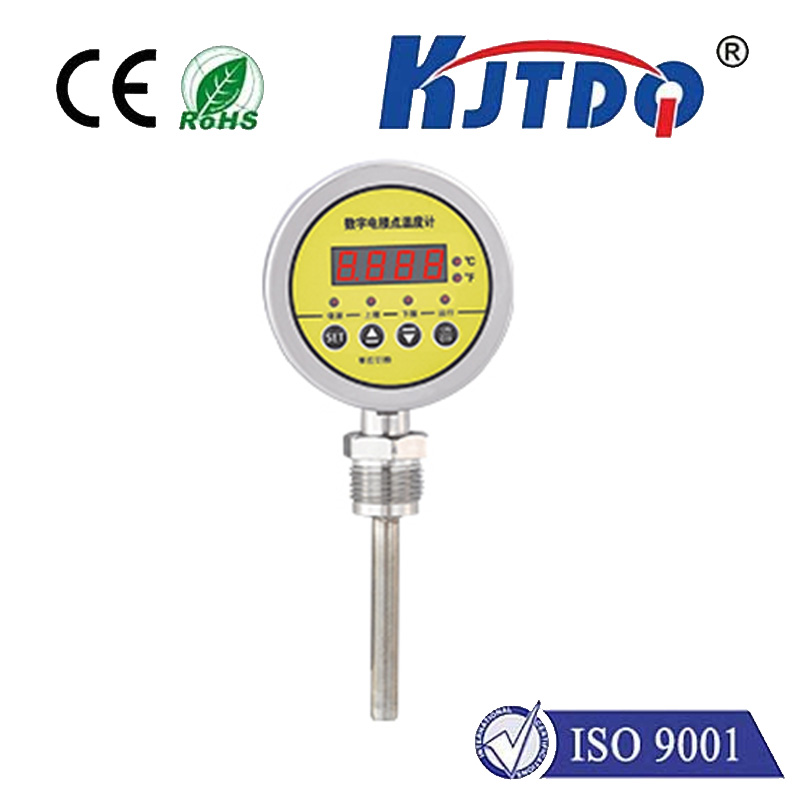BES05M3 high pressure proximity sensor
- time:2025-10-17 06:58:36
- Click:0
BES05M3 Proximity Sensor: Unlocking Reliable Detection in Extreme High-Pressure Environments
Imagine a component operating deep within a hydraulic press, buried inside a massive injection molding machine, or submerged in high-pressure fluid lines. Monitoring position, presence, or movement here isn’t just challenging; it’s a test of endurance for any sensing technology. This is precisely the rugged terrain where the BES05M3 High Pressure Proximity Sensor excels. Engineered by Balluff, a leader in industrial automation, this sensor isn’t merely a proximity switch; it’s a robust solution designed to thrive where extreme forces reign.
Proximity sensors, fundamentally, detect the presence or absence of nearby metallic objects without physical contact, typically using inductive technology. They generate an electromagnetic field; when a metal target enters this field, it causes a detectable change. While commonplace in factories, standard inductive sensors falter under intense pressure. The immense forces can distort sensor housings, damage internal electronics, or simply cause leakage. This is where the specialized design of the BES05M3 makes a critical difference.
The defining characteristic of the BES05M3 is its exceptional resilience to high pressure. It’s specifically certified to withstand pressures exceeding 500 bar (7250 psi) – a figure significantly higher than standard industrial sensors. This capability isn’t an afterthought; it’s the core of its identity. How does it achieve this?
- Fortified Construction: The sensor features a specially engineered stainless-steel housing (typically V4A / AISI 316L) designed to resist distortion and deformation under colossal force. This robust shell acts as the first line of defense.
- Pressure-Optimized Design: Internal components and sealing technologies are meticulously chosen and configured to maintain integrity even when subjected to intense pressure from all sides, eliminating weak points prone to failure.
- High-Grade Sealing: Achieving such a high pressure rating demands superior sealing. The BES05M3 utilizes advanced sealing techniques to prevent fluid ingress and maintain internal pressure equilibrium, safeguarding sensitive electronics.
Beyond its pressure prowess, the BES05M3 retains all the hallmarks of a high-performance inductive proximity sensor:

- Standard Inductive Function: Reliably detects iron, steel, stainless steel, brass, aluminum, and other metals within its specified sensing range (e.g., 1.5mm or 2mm, depending on variant).
- Extended Temperature Range: Typically rated for operation from -25°C to +100°C (-13°F to +212°F), often with an extended option up to +125°C (+257°F), ensuring performance in hot hydraulic oil or cold environments.
- Robust Environmental Protection: Features a high IP67 (and sometimes IP69K) rating, making it resistant to dust, dirt, oils, coolants, and high-pressure washdowns. Ideal for the messy realities of hydraulic systems and heavy machinery.
- Electrical Resilience: Incorporates features like overvoltage protection, reverse polarity protection, and robust short-circuit protection, enhancing longevity and preventing downtime due to wiring errors or electrical surges.
- SIO (Smart I/O) Compatibility: Many variants support configuration via IO-Link, allowing for parameter setting (like switching points or output mode), diagnostics monitoring, and simplified integration into Industry 4.0 setups, adding significant operational intelligence.
- Vibration & Shock Resistance: Built to endure the harsh vibrations common in heavy machinery and mobile hydraulics.
Why Does High Pressure Tolerance Matter?
The consequences of sensor failure in high-pressure applications are severe. A compromised sensor housing can lead to catastrophic leaks, posing significant safety hazards to personnel and equipment. Unreliable detection results in:
- Costly Downtime: Production halts for diagnosis and replacement.
- Process Inconsistency: Faulty position detection leads to defective parts or unsafe machine states.
- Increased Maintenance Costs: Frequent sensor replacements drive up operational expenses.
- Safety Risks: Leaks or undetected machine states can cause accidents.
Choosing a sensor like the BES05M3 specifically engineered for high-pressure proximity sensing is not just about functionality; it’s about reliability, safety, and operational cost-efficiency. It provides peace of mind that critical detection points will hold firm under duress.
Where the BES05M3 Makes Its Mark (Key Applications):
- Hydraulic Systems: Cylinder piston position sensing, valve switching confirmation within high-pressure hydraulic blocks, pump/motor monitoring – anywhere pressures soar.
- Plastic Injection Molding Machines: Mold clamping force detection, ejector position sensing, core pull monitoring – facing clamping pressures often reaching hundreds or thousands of bar.
- Die Casting Machines: Monitoring plunger position, ladle tipping, and clamp position amidst extreme pressures and temperatures.
- Test Benches & Pressure Vessels: Monitoring components or safety mechanisms inside pressurized testing environments.
- Heavy Machinery & Mobile Hydraulics: Boom positioning, cylinder end detection in excavators, cranes, and presses where robust performance is non-negotiable.
- Fluid Power Systems: Any application requiring reliable non-contact detection within high-pressure oil, water, or gas lines.
Integration Considerations:
While incredibly robust, successful integration requires attention to detail:
- Mounting: Ensure proper thread engagement (M8 or M12) and use appropriate torque to avoid damaging threads while achieving a secure, pressure-tight seal. Consult the datasheet.
- Orientation: Inductive fields have specific shapes. Mounting position relative to the target can slightly affect sensing distance. Standard flush or non-flush mounting options apply.
- Target Material & Size: Verify the target material is detectable and ensure it meets the minimum size requirements outlined in the sensor documentation for reliable switching.
- Electrical Connection: Connect using the specified cable type (PUR or PVC jacketed) or approved connector (M8 or M12), ensuring proper polarity for DC models and paying attention to IP rating maintenance at the connection point.
The Bottom Line:
In the demanding world of high-pressure industrial automation, standard sensors are a gamble. The Balluff BES05M3 High Pressure Proximity Sensor eliminates that risk. Its core strength lies in its validated ability to withstand pressures exceeding 500 bar while delivering the reliable, contactless metal detection expected from a premium inductive sensor. When your application demands unwavering performance inside hydraulic systems, molding machines, or any environment where pressure is king, specifying the BES05M3 isn’t just a choice; it’s an investment in predictable uptime, enhanced safety, and long-term operational efficiency. It’s the definitive solution where proximity sensing meets extreme force.






